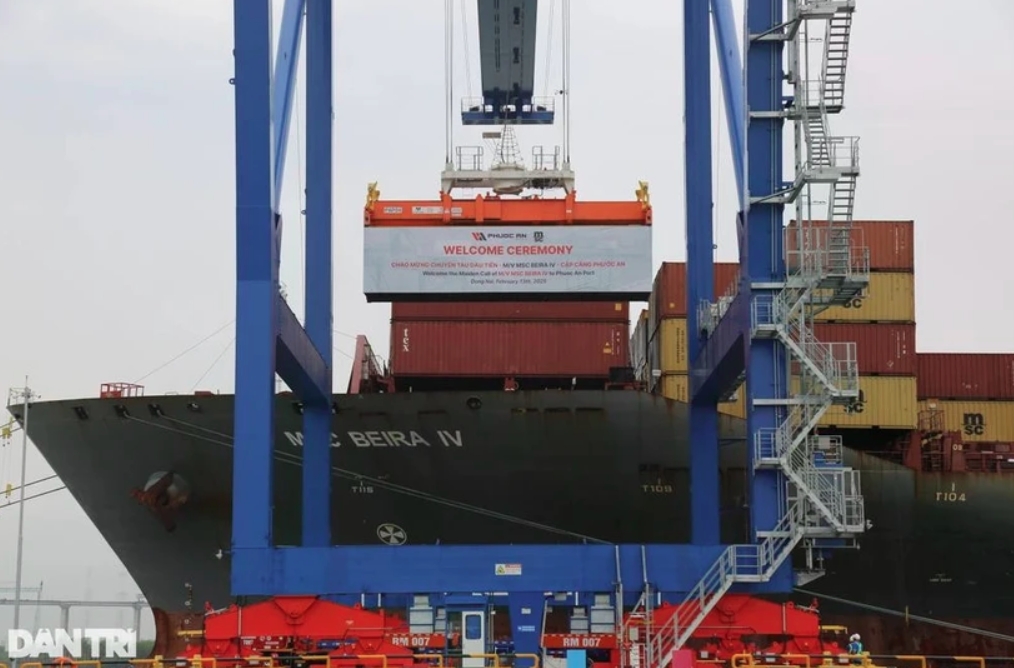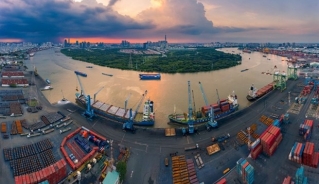Dong Nai’s largest seaport welcomes first vessel
Ship M/V MSC BEIRA IV, operated by the world's largest shipping line MSC, arrived at Phuoc An Port in Nhon Trach district, southern Dong Nai province, on February 13, marking the first vessel arrival at this seaport.

The vessel carried over 1,000 containers of apparel, fashion, and dyed fabrics.
According to the Dong Nai Customs Department, the MSC vessel’s arrival at Phuoc An marks the start of a new flow of goods in the province. The port is expected to be a driver for economic growth and the logistics sector in Dong Nai and southern Vietnam at large.
Phuoc An leaders said the port aims for sustainable development and is committed to environmental responsibility. It will actively foster connections with shipping lines, logistics firms, and supply chain partners to establish a green international transportation corridor, thus helping elevate Vietnam’s seaport industry on the global trade map.
Spanning over 550ha, Phuoc An Port includes a 180ha terminal area with six container berths and four general cargo berths, capable of handling 60,000 DWT vessels. Its logistics area features different functional zones serving the oil and gas sector and industrial parks in Dong Nai, Ho Chi Minh City, Binh Duong, and neighbouring provinces.


